08/09/23 - 28/10/23
Lili Dujourie
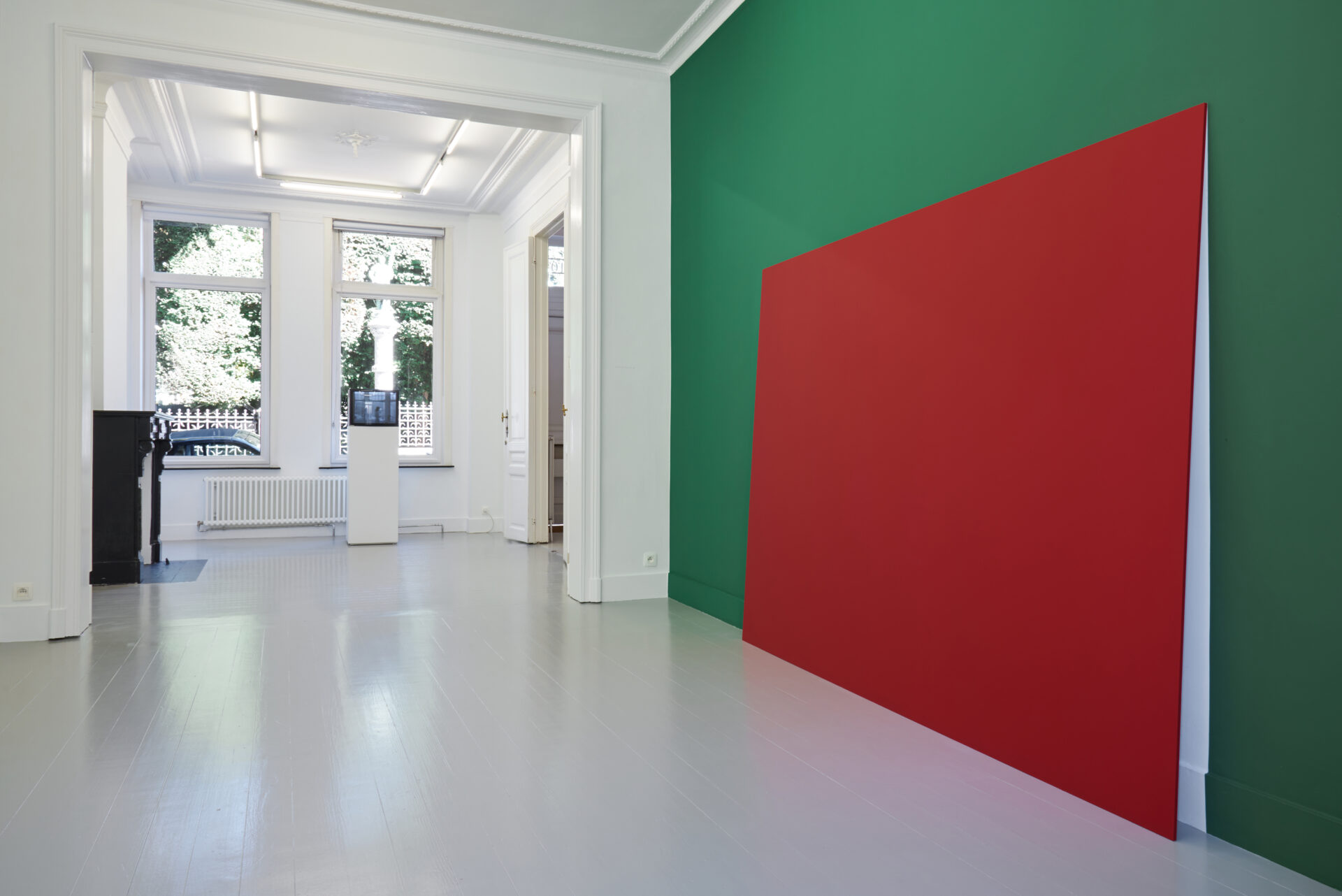
Lili Dujourie, Amerikaanse Imperialisme, 1972–2023, steel, green and red paint, dimension variable, unique. installation view at Jan Mot, 2023. Photo: Mina Albespy.
From September 8 to October 28, Jan Mot welcomes Lili Dujourie (°1941, Roeselare, BE) for her first solo exhibition since she recently joined the gallery.
The exhibition brings together key works by the artist from the early 1970s to the early 2000s, in a range of media that exemplifies the artist’s virtuosity in sculpture, video and collage. Among the pieces selected by the artist is the site-responsive installation Amerikaans Imperialisme, conceived in 1972, which foregrounds the conceptual and political preoccupations Dujourie continues to explore to this day.
Shown internationally, Dujourie’s oeuvre demonstrates a heightened sensitivity to ambivalence, transition and the blurring of dichotomies. The organic and the bodily are recurrent references in her work, whether pictured or summoned in relation to interventions that mobilize the optic, the haptic and the affective.
Since the early 1970s, Dujourie’s work has gained international prominence through large-scale exhibitions including Documenta 12 (2007), the 7th Gwangju Biennale (2008), Sharjah Biennial 9 (2009) and the 21st Biennale of Sydney (2018). In 2015, S.M.A.K., Ghent, and Mu.ZEE, Ostend, hosted a major solo exhibition by the artist. A year later, Dujourie received the Flemish Culture Prize for Visual Arts.
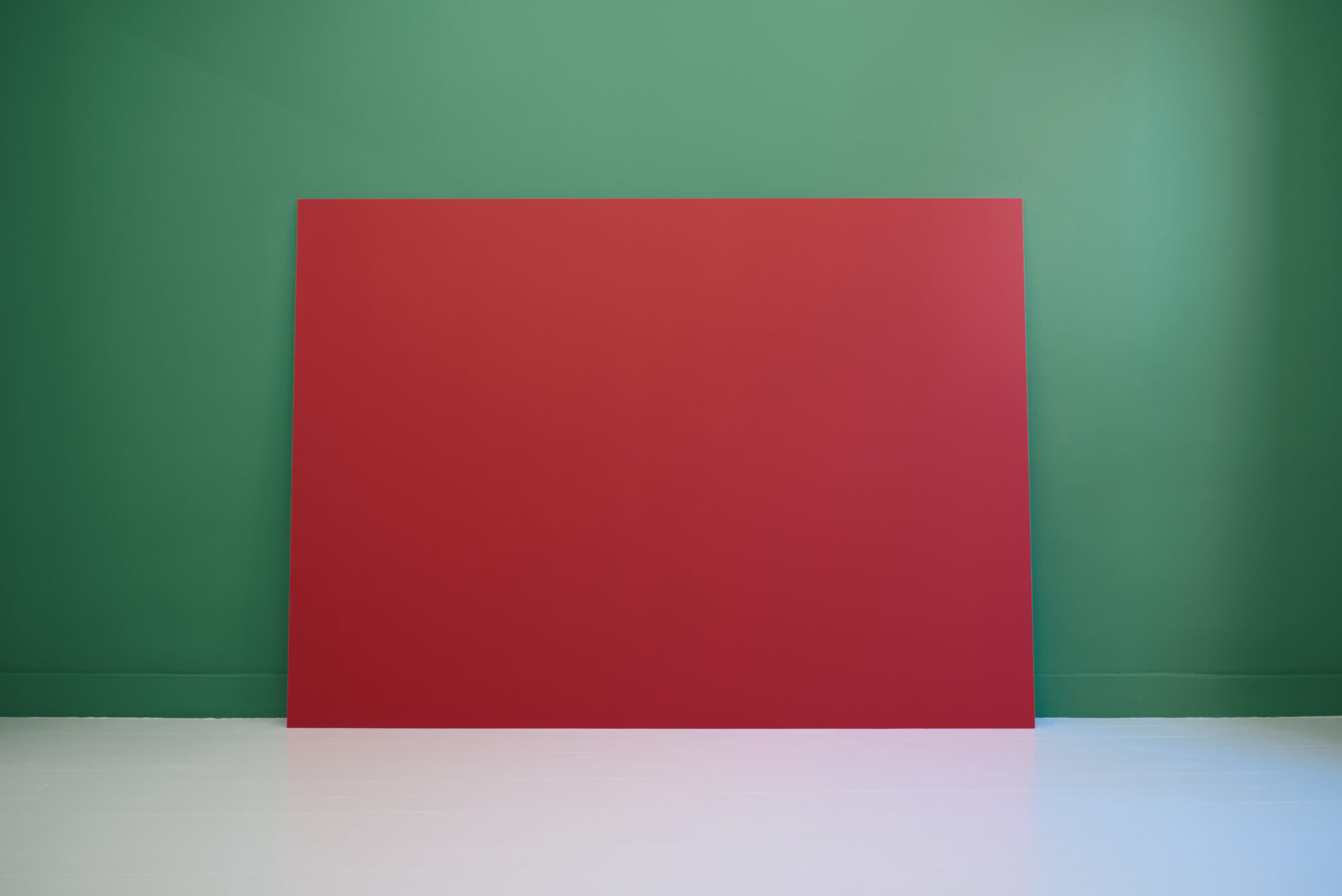
Lili Dujourie, Amerikaanse Imperialisme, 1972–2023, steel, green and red paint, dimension variable, unique. installation view at Jan Mot, 2023. Photo: Mina Albespy.
Lili Dujourie
Interview by Koen Brams and Dirk Pültau, De Witte Raaf 124 (Nov—Dec. 2006)
(…)
Koen Brams / Dirk Pültau: When did you first show Amerikaans Imperialisme?
L.D.: In 1979! There were plans before that, even as early as 1972 at Marc Poirier dit Caulier's X-One gallery in Antwerp, where I had debuted in 1970 with my first works in steel. But I withdrew from the art world after that because my husband, Fernand Spillemaeckers, ran a gallery, MTL. I felt the pressure from collectors. It must be said that, at that time, it wasn’t straightforward to be a woman in the art world.
K.B./D.P.: So why did you end up showing Amerikaans Imperialisme in 1979, seven years after the fact?
L.D.: Because I had to pick up the thread where I had left off, after the gallery stopped and after my husband died in 1978. I had wanted to show Amerikaans Imperialisme for a long time. At last I could!
K.B./D.P.: Amerikaans Imperialisme is an abstract work. Why the title?
L.D.: It had to do with the situation in Belgium — not only Belgium, in fact. If you weren't an American artist in 1972, you couldn't get anywhere. In 1977, we — Jacques Charlier, Guy Mees, Panamarenko, Jan Vercruysse and myself — launched an action on the occasion of the exhibition Amerikaanse kunst in Belgische verzamelingen [American art in Belgian collections] at the Centre for Fine Arts [Bozar]. Vercruysse had drafted a letter that we all signed and sent to Belgian collectors. We kindly asked them not to make works available for the exhibition. We also made a poster directed against the exhibition and signed by numerous Belgian and foreign artists, which we fly-posted in the dark of night. That got us a lot of angry letters. It was all the more difficult for me since I was confronted with American art in my husband's gallery.
K.B./D.P.: How did you yourself feel about American art?
L.D.: I felt that it was necessary. The Americans made fantastic work — that's not the point. But for me, as an artist, it was not enough.
K.B./D.P.: What was missing?
L.D.: On the one hand, Amerikaans Imperialisme is about the fascination prevalent at the time for everything American; it’s about the pressure exerted by America. On the other, the steel plate leans against the wall. There is a back side, something hidden — something, you might say, typically European. In American art, everything is more unambiguous and clearly defined. In my work, you were made to wonder what the intention was, what lay behind it, if indeed there was anything behind it. I wanted to bring in narrative.
K.B./D.P.: You could interpret the work polemically: something is being withheld...
L.D.: Yes, something is hidden from view, even if you know it's there. You feel the presence.
K.B./D.P.: On the other hand, you leave unpainted the wall portion behind the plate. The uncovered part of the wall is green, the hidden part white. What the plate conceals is ... the fact that there is nothing to see.
L.D.: It's exactly about that interaction. It's about the tension between presence and absence, between conscious and unconscious.
Translated by Antony Hudek. The full interview is available in Newspaper 138.
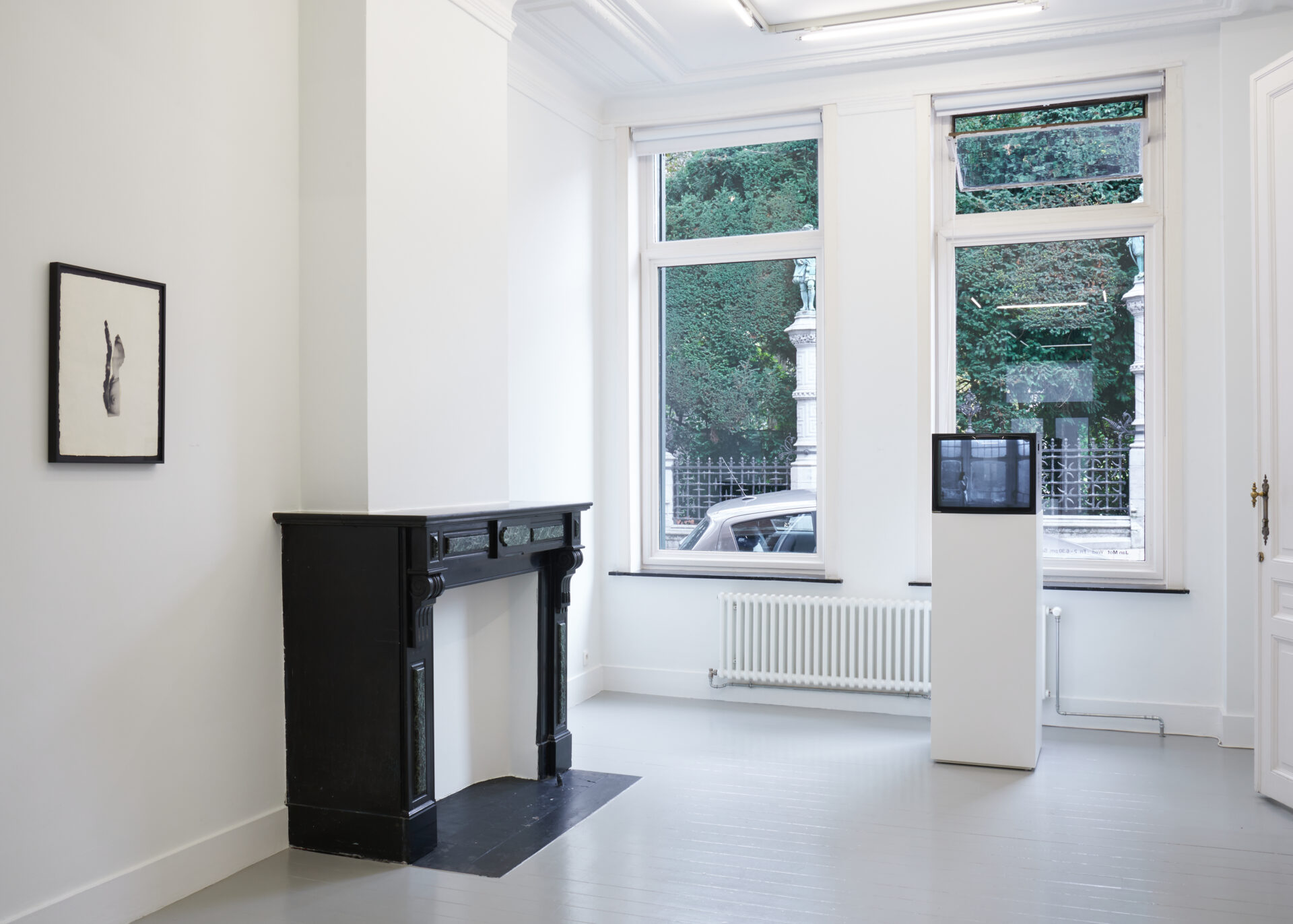
Lili Dujourie, installation view at Jan Mot, 2023. Photo: Mina Albespy.
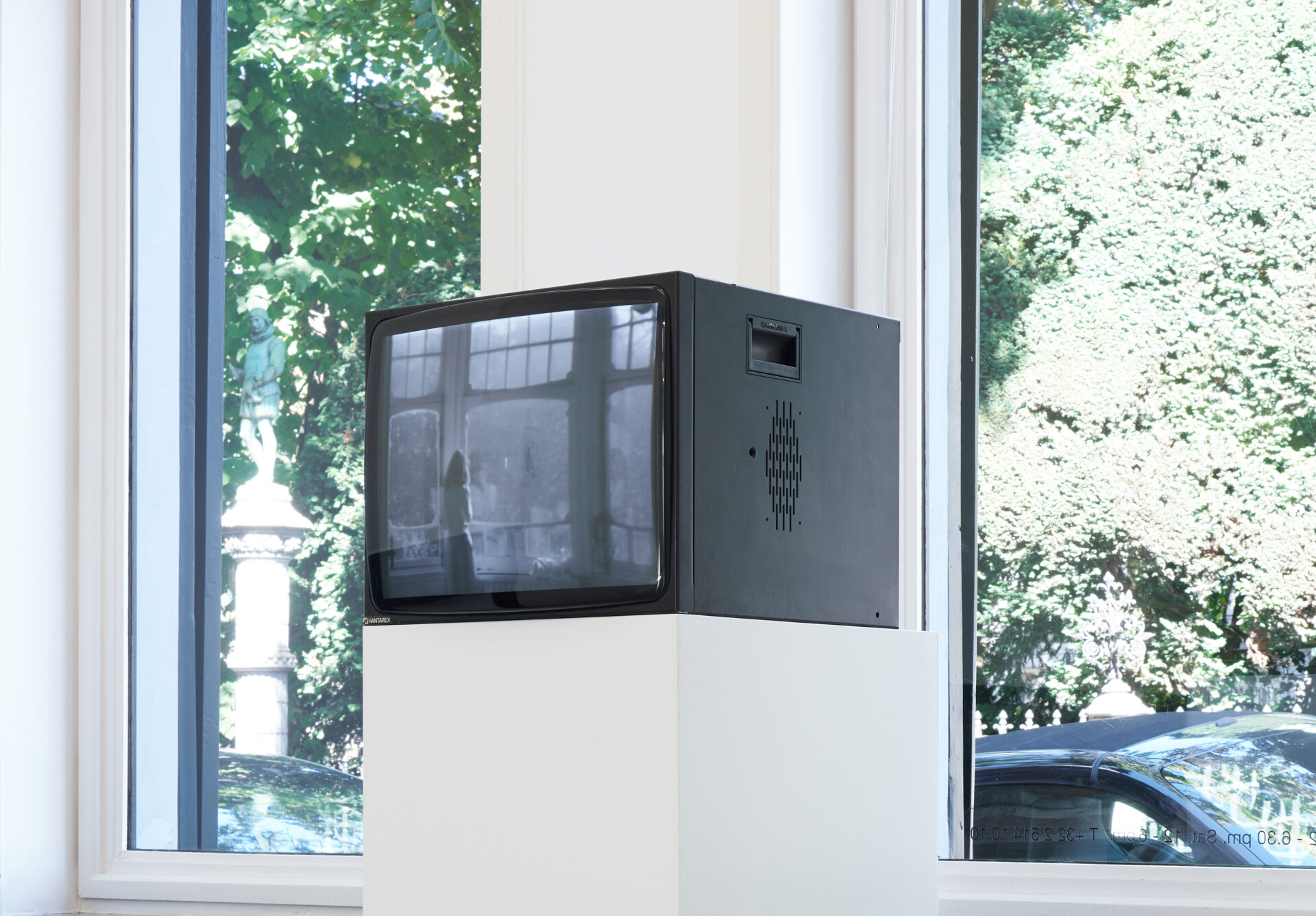
Lili Dujourie, Sonnet, 1974, video, b&w, silent, 7 minutes 18 seconds, installation view at Jan Mot, 2023.
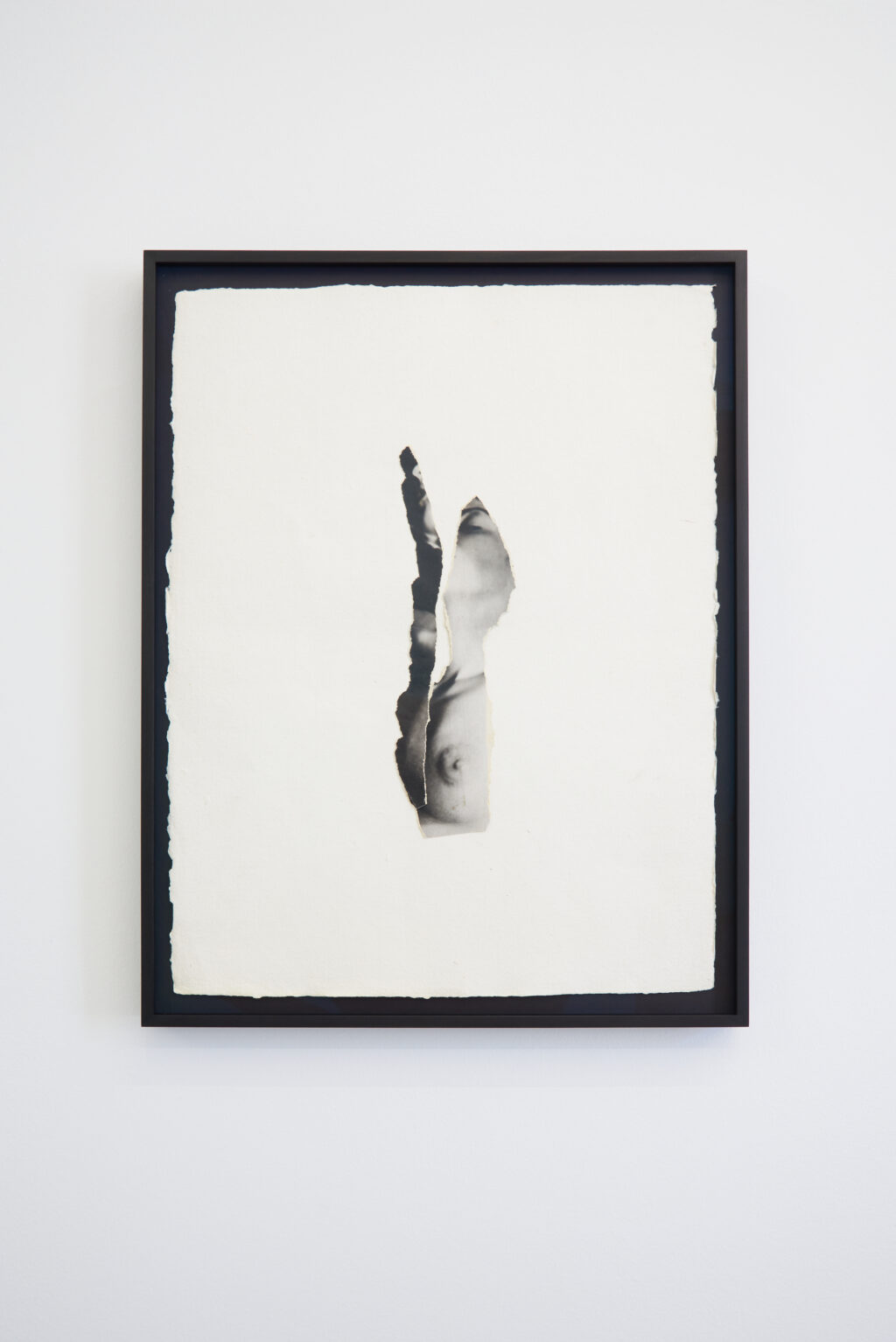
Lili Dujourie, Roman, 1978, collage on paper, 58 x 46,5 cm
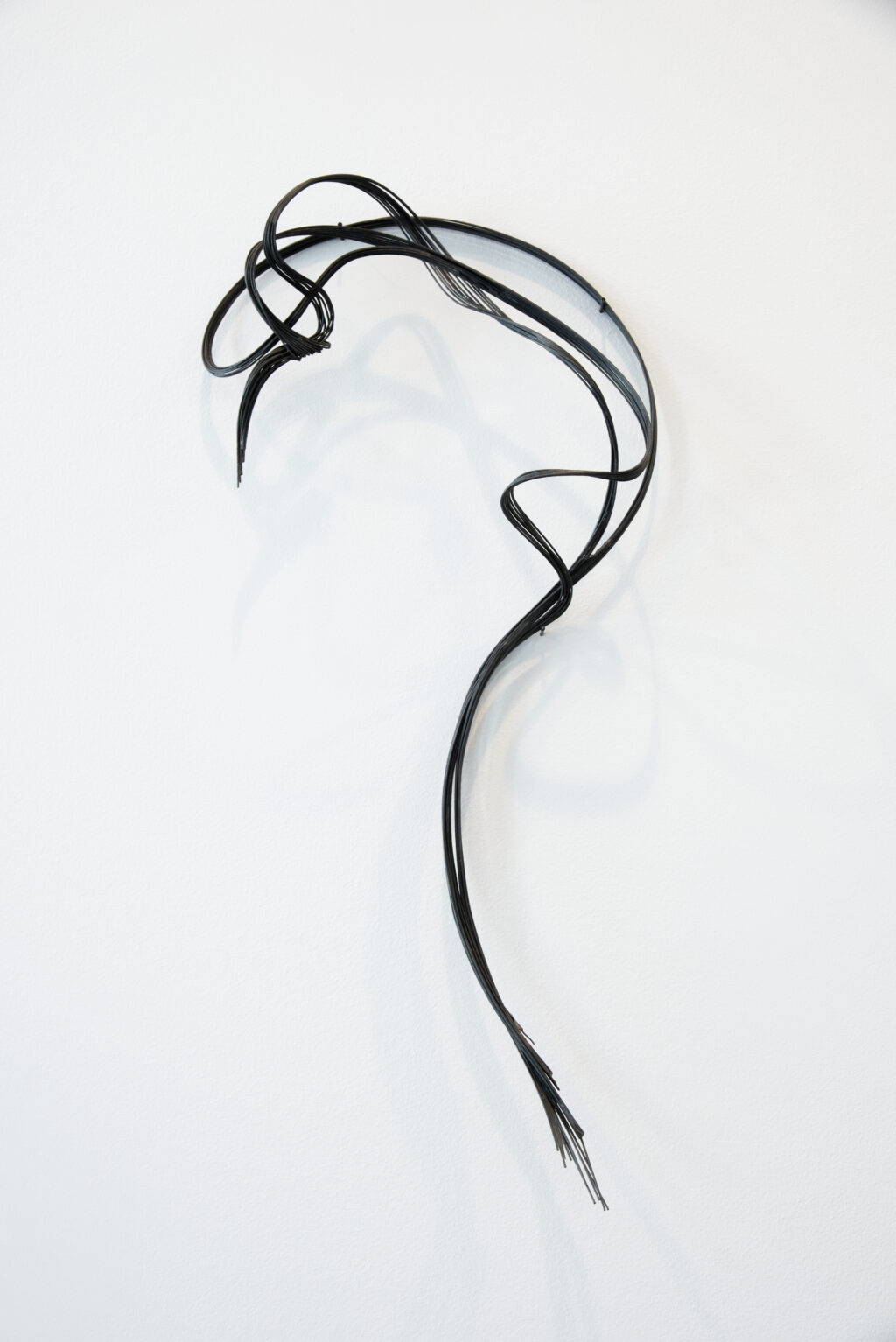
Lili Dujourie, Ganymedes, 2001, zinc-coated iron, 47 x 20 x 7 cm
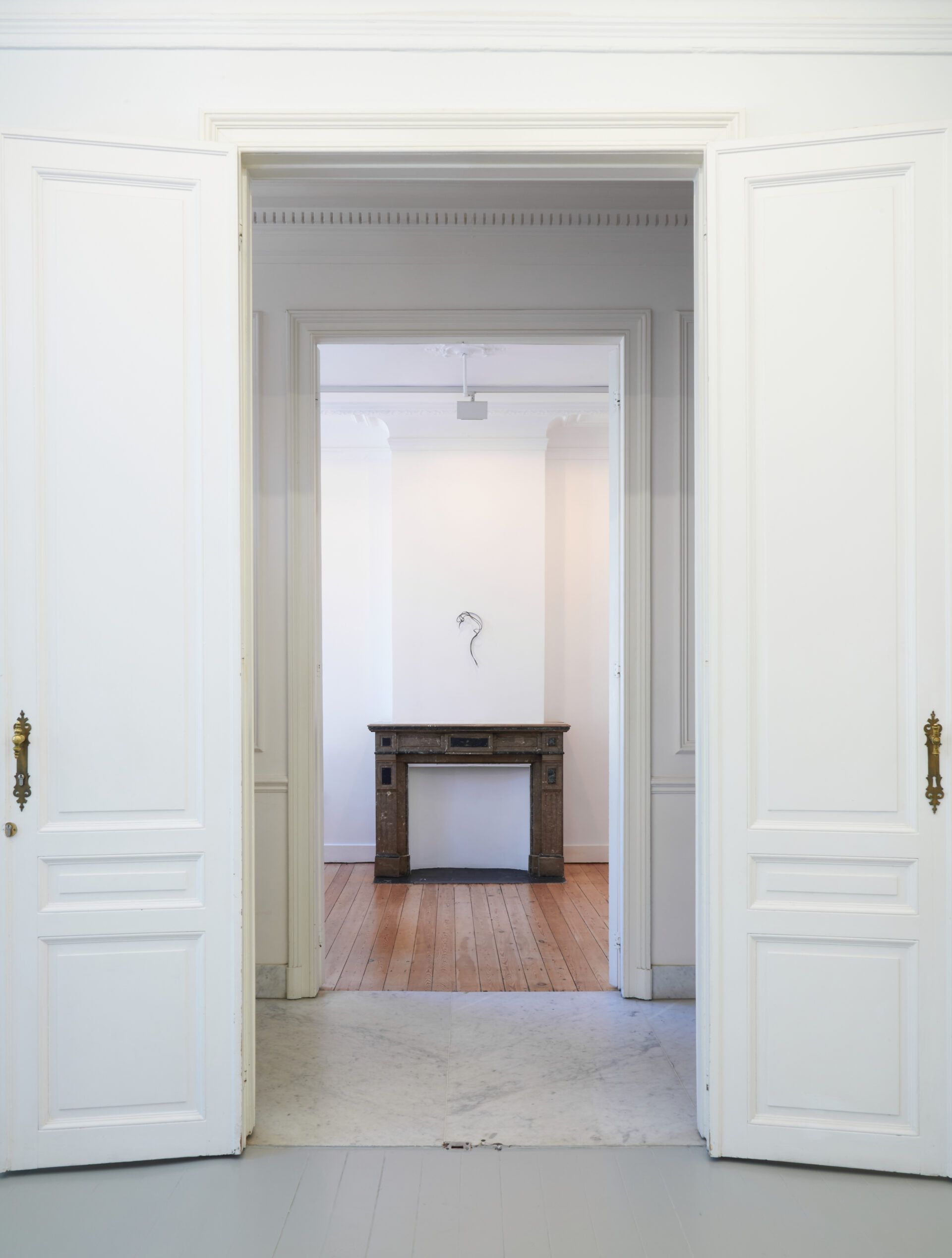
Lili Dujourie, installation view at Jan Mot, 2023. Photo: Mina Albespy.